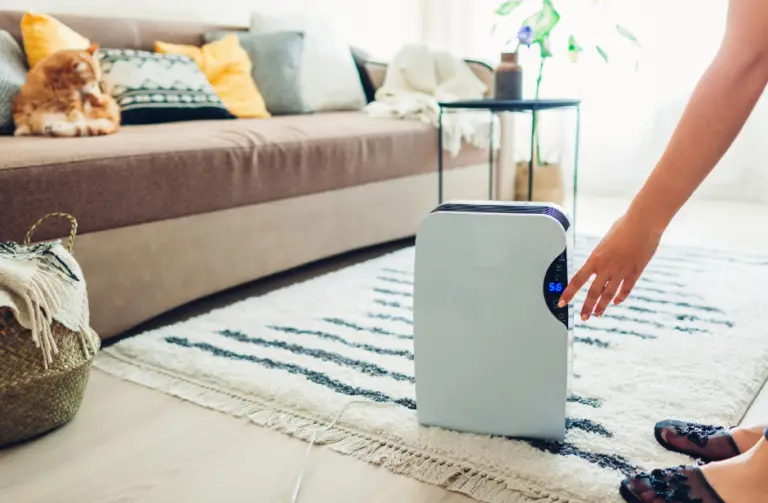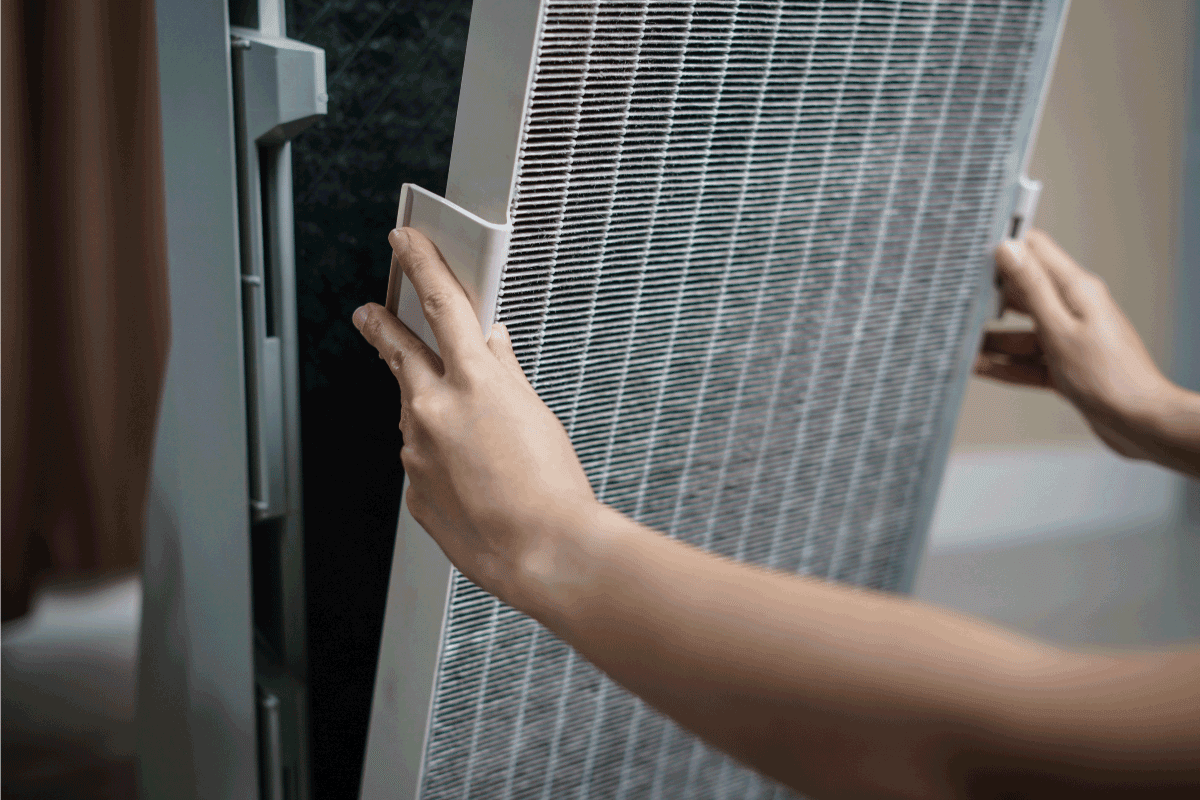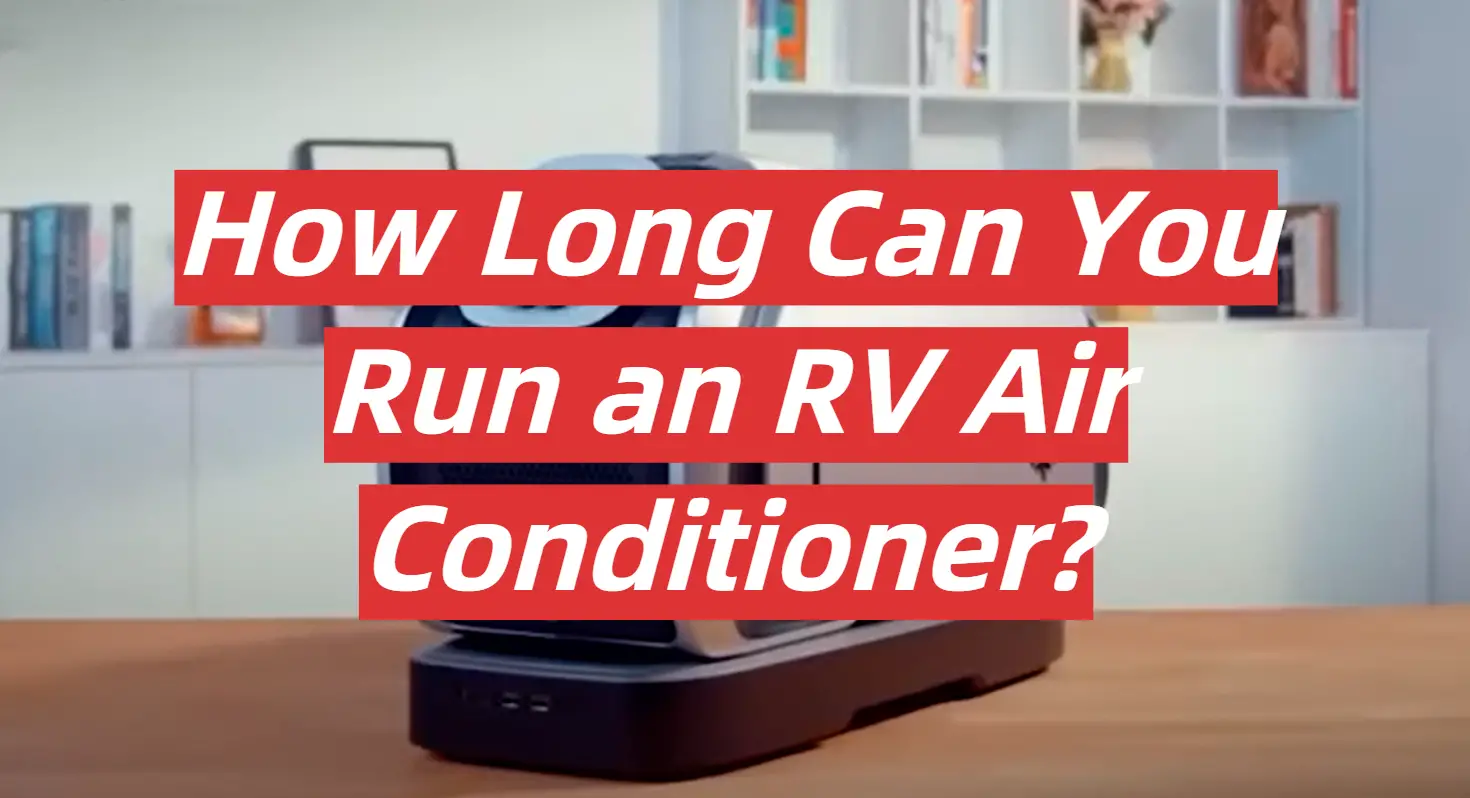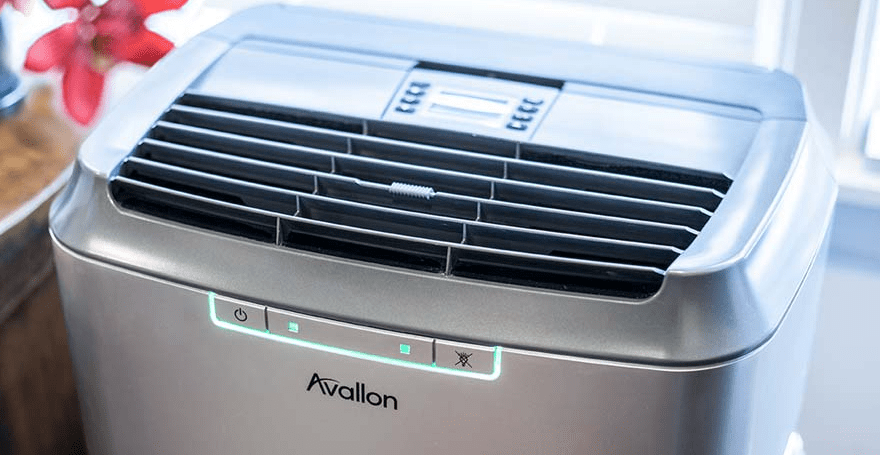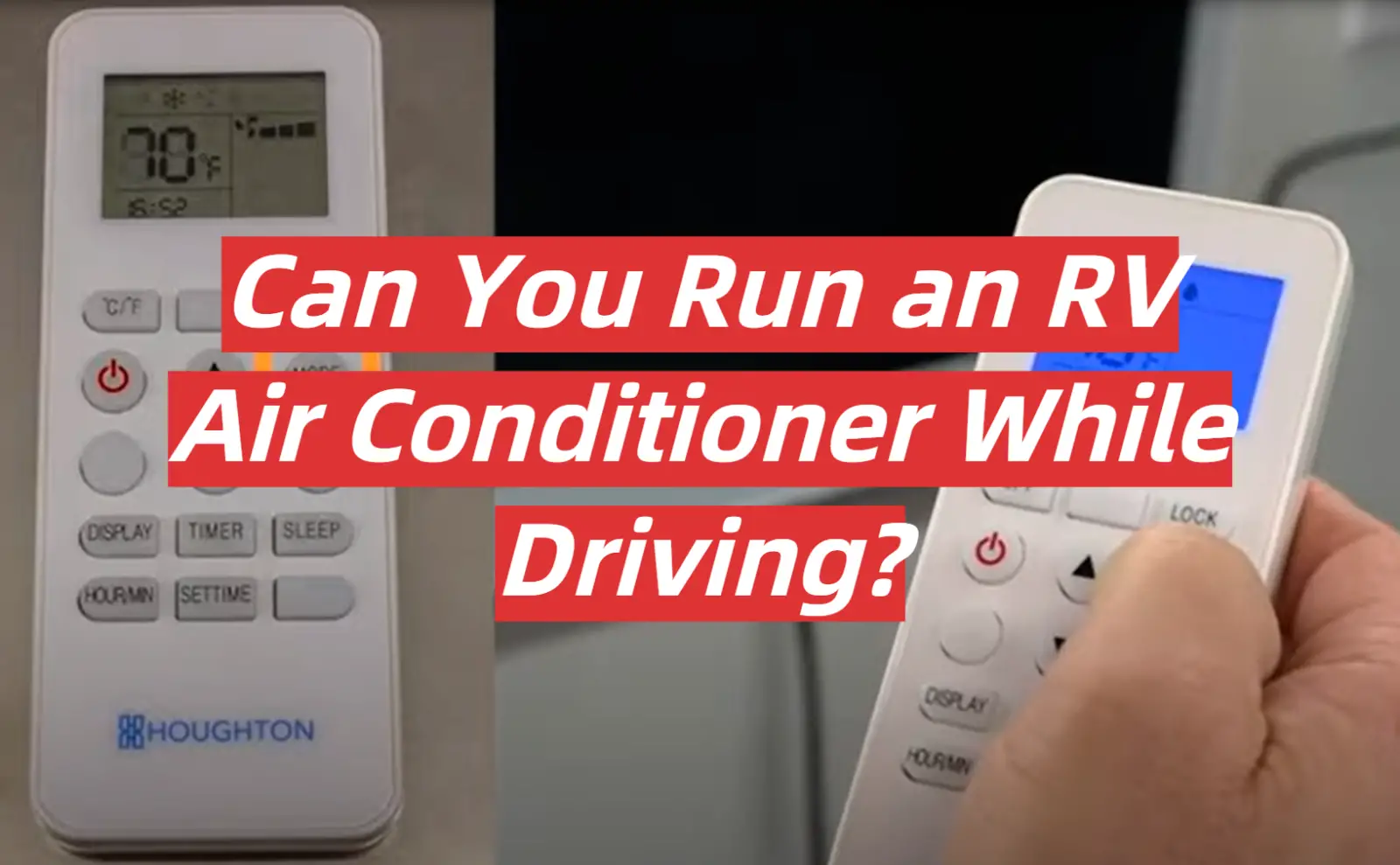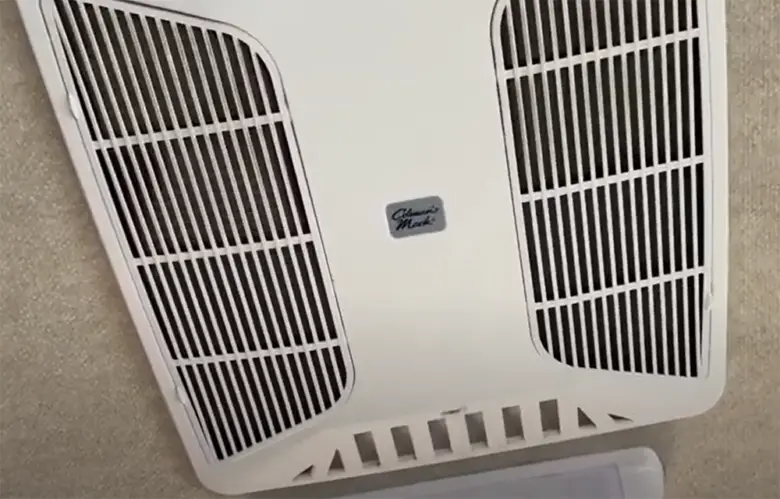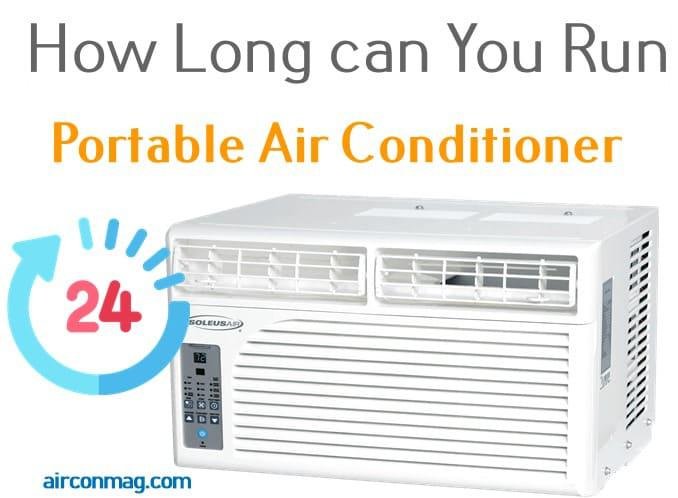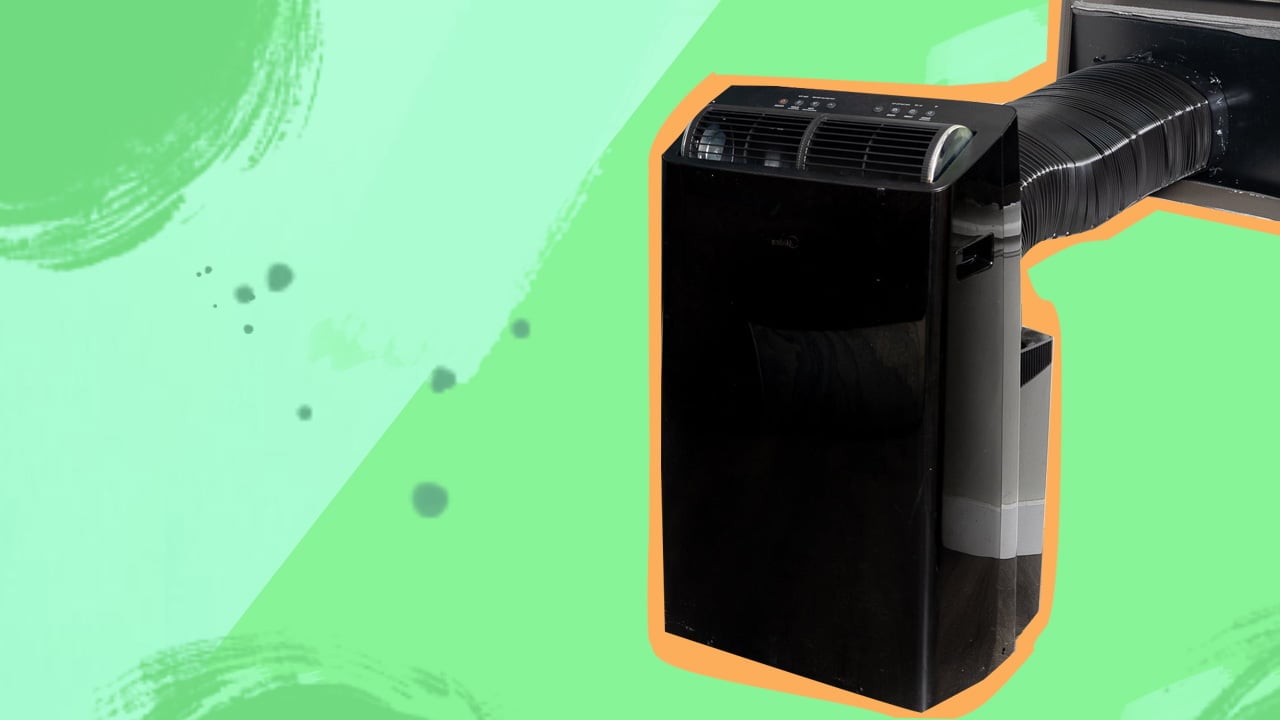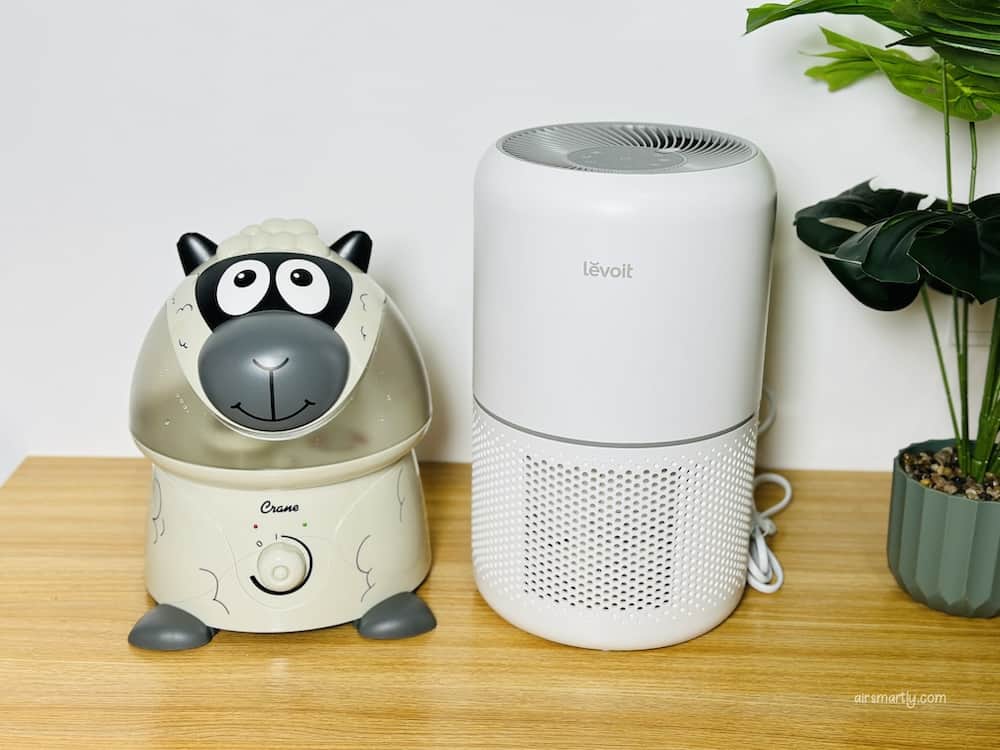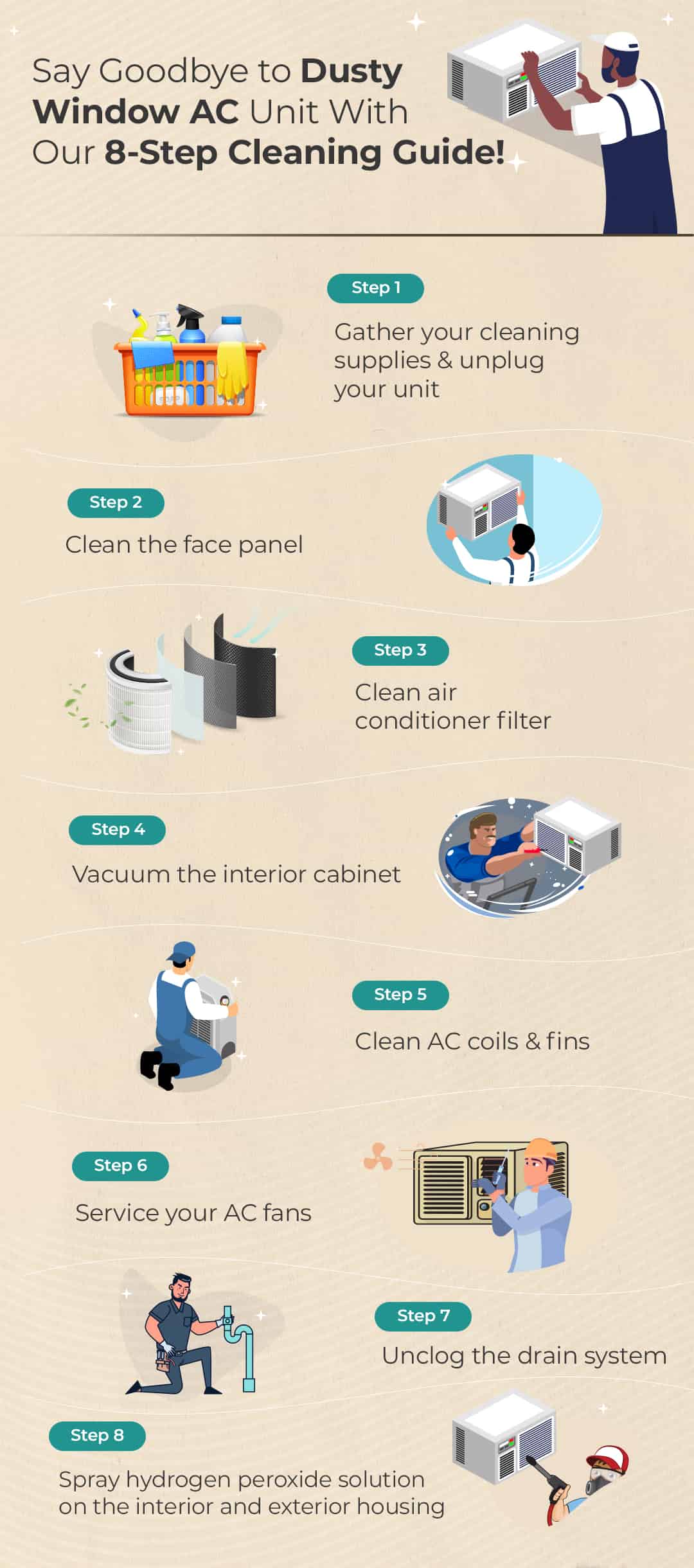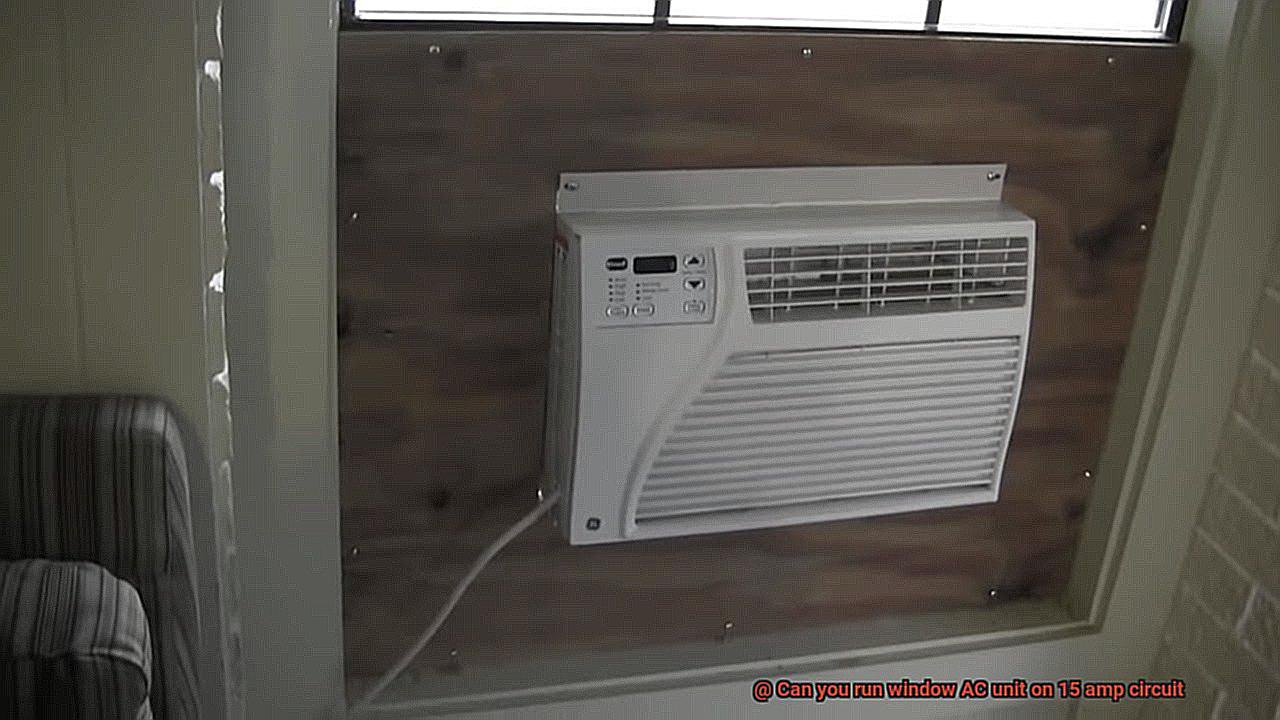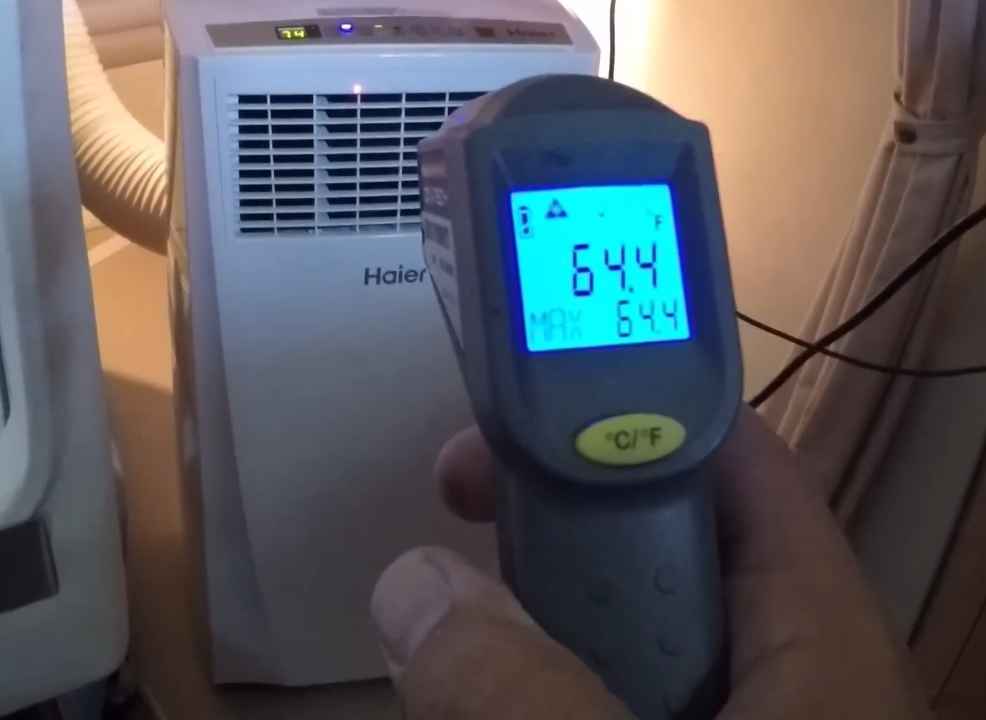Can You Run An Air Purifier 24/7

Imagine stepping into your home after a long day, a sanctuary where the air feels crisp and clean, a world away from the city's grime. The gentle hum of an air purifier in the background is almost imperceptible, yet it's working tirelessly, silently scrubbing away pollutants you can't even see. But is this continuous operation a smart choice, or are there hidden drawbacks to running your air purifier 24/7?
The question of whether to run an air purifier around the clock is more complex than it appears. While continuous operation offers the potential for sustained air quality improvement, it also raises concerns about energy consumption, filter lifespan, and the overall wear and tear on the device. Let’s dive into whether keeping that purifier humming is a good idea for you.
The Air We Breathe: Why Air Purifiers Matter
Our indoor air quality is often far worse than we realize. Pollutants like dust, pollen, pet dander, mold spores, volatile organic compounds (VOCs) from cleaning products and furniture, and even smoke particles can accumulate indoors, triggering allergies, asthma, and other respiratory issues. The Environmental Protection Agency (EPA) has consistently highlighted the importance of indoor air quality, noting that Americans spend approximately 90% of their time indoors.
Air purifiers work by drawing air in, filtering out these contaminants, and then releasing cleaner air back into the room. They come in various types, with HEPA (High-Efficiency Particulate Air) filters being among the most popular and effective at capturing tiny particles. Activated carbon filters are also commonly used to absorb odors and gases. Air purifiers can significantly improve the health and comfort of your living space, especially for individuals with respiratory sensitivities.
Understanding the Benefits of Continuous Operation
The most compelling argument for running an air purifier 24/7 is the maintenance of consistently cleaner air. By continuously filtering, these devices prevent pollutants from building up to high concentrations. This is especially beneficial in environments where pollutants are constantly being introduced, such as homes with pets, smokers, or those located near busy roads or industrial areas.
For allergy sufferers, constant filtration can be a game-changer. Keeping allergens at bay minimizes exposure and reduces the frequency and severity of allergic reactions. Similarly, individuals with asthma may find that continuous air purification helps to manage their symptoms more effectively, decreasing their reliance on medication.
The Drawbacks: Energy, Filters, and Wear & Tear
However, there are potential downsides to consider. The first is energy consumption. Running any electrical appliance continuously will increase your electricity bill. While modern air purifiers are often designed to be energy-efficient, the cumulative cost can still be significant over time.
Another concern is filter lifespan. Air purifiers rely on filters to capture pollutants, and these filters eventually become clogged and need to be replaced. Continuous operation accelerates this process, requiring more frequent filter replacements. The cost of replacement filters can add up, impacting the overall cost-effectiveness of running the purifier around the clock. Check your air purifier model's instruction manual for its filter maintenance schedule.
Finally, there's the issue of wear and tear. Like any mechanical device, air purifiers have a limited lifespan. Running them continuously puts more strain on the motor and other components, potentially shortening their overall lifespan. This is something to consider, especially if you have a more expensive model.
Finding the Right Balance: Strategies for Smart Usage
The ideal approach is often a compromise that balances the benefits of continuous air purification with the need for energy efficiency and cost savings. One strategy is to use the air purifier's automatic mode, if available. These modes typically adjust the fan speed based on the detected air quality, ramping up when pollutant levels are high and slowing down when the air is cleaner.
Another approach is to run the air purifier on a timer. You might choose to run it during the hours when you're most likely to be home and exposed to indoor pollutants. For example, if you spend most of your evenings in the living room, you could set the timer to run the air purifier during those hours. You can also run the air purifier while you are cooking and cleaning the house.
Regular maintenance is also crucial. Cleaning or replacing filters according to the manufacturer's recommendations ensures that the air purifier operates efficiently and effectively. It also extends the lifespan of the device and prevents it from releasing trapped pollutants back into the air.
Moreover, consider using air purifiers strategically within your home. Place them in areas where you spend the most time or where pollutants are most likely to be concentrated. For example, placing an air purifier in the bedroom can improve sleep quality by reducing allergens and dust. Similarly, placing one in the kitchen can help to remove cooking odors and smoke.
The Impact on Different Environments
The decision of whether to run an air purifier 24/7 also depends on the specific environment. In homes with young children, elderly individuals, or those with respiratory conditions, the benefits of continuous air purification may outweigh the costs. These populations are often more vulnerable to the effects of indoor air pollution, making consistent filtration particularly important.
In contrast, in homes with good ventilation and minimal sources of indoor air pollution, running an air purifier continuously may not be necessary. Regular opening windows and doors to allow fresh air to circulate can often be sufficient to maintain good air quality. However, if your home is near a busy road, opening the windows may introduce more pollutants than it removes.
Consider the seasonality as well. During allergy season, running an air purifier more frequently may be beneficial to combat the influx of pollen. During the winter months, when windows are typically closed, maintaining indoor air quality becomes even more important.
Making an Informed Decision: Key Considerations
Ultimately, the decision of whether to run an air purifier 24/7 is a personal one that depends on individual needs, circumstances, and priorities. Consider the following factors when making your decision: the presence of allergies or respiratory conditions, the level of indoor air pollution in your home, your budget for energy costs and filter replacements, and the type and efficiency of your air purifier.
Look for air purifiers with features such as automatic mode, energy-saving settings, and filter replacement indicators. These features can help you to optimize performance and minimize costs. Research different models and read reviews to find an air purifier that is well-suited to your specific needs and budget. The Association of Home Appliance Manufacturers (AHAM) verifies the Clean Air Delivery Rate (CADR) of air purifiers, helping consumers compare the performance of different models.
Running an air purifier around the clock isn't always the answer. It's about finding a smart, balanced approach that protects your health without draining your wallet or overburdening your appliance. By understanding the pros and cons, and tailoring your usage to your specific needs, you can create a home environment where the air is not just clean, but also healthy and sustainable.
